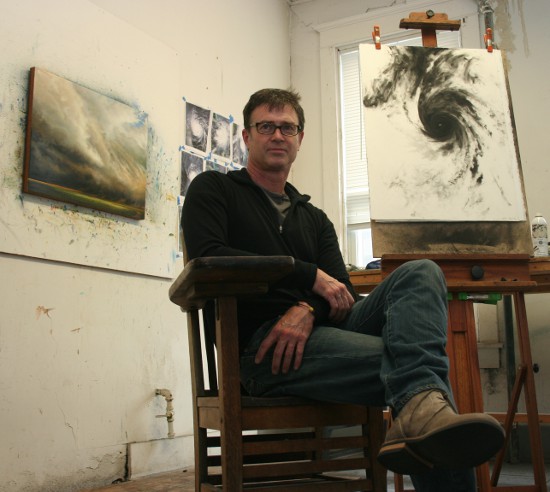
The realization, Drew Starenko said, came while building a home addition by himself in the early 1990s.
He was in his early 30s, he said, and "I was lugging these sheets of plywood up to this roof, and I just kind of stepped back after that and ... said, 'When I'm 50, 55, I don't think I'm going to be able to do this sort of thing.'"
The construction work was never his intended career path, although he'd been doing carpentry since the age of 16.
But if carpentry wasn't a viable long-term occupation, what could he do?
Starenko knew he wanted to work with his hands. He had pre-med and art degrees from Augustana College, and a master of fine arts from the Pratt Institute in Brooklyn.
He had been lured back to the Quad Cities because of some teaching work, but local institutions of higher education weren't hiring full-time art faculty. He had a young family and didn't want to uproot it in pursuit of teaching jobs. And he wanted to stay in the Midwest - which provided much of the inspiration for his art.
So he decided to put his pre-med degree to work - and chose to become a nurse instead of a physician's assistant because it was a quicker path to a job. "I had a daughter and a family," he said.
And nursing, he figured, would also give him time to focus on painting.
From that fundamentally practical choice, a remarkable career began. Starenko is a Certified Registered Nurse First Assistant rather than a surgeon, and he didn't design the equipment or perfect the technique that together make recovery from heart-bypass surgery much easier for patients these days. But he is a local medical pioneer who has directly or indirectly improved hundreds of lives across the globe.

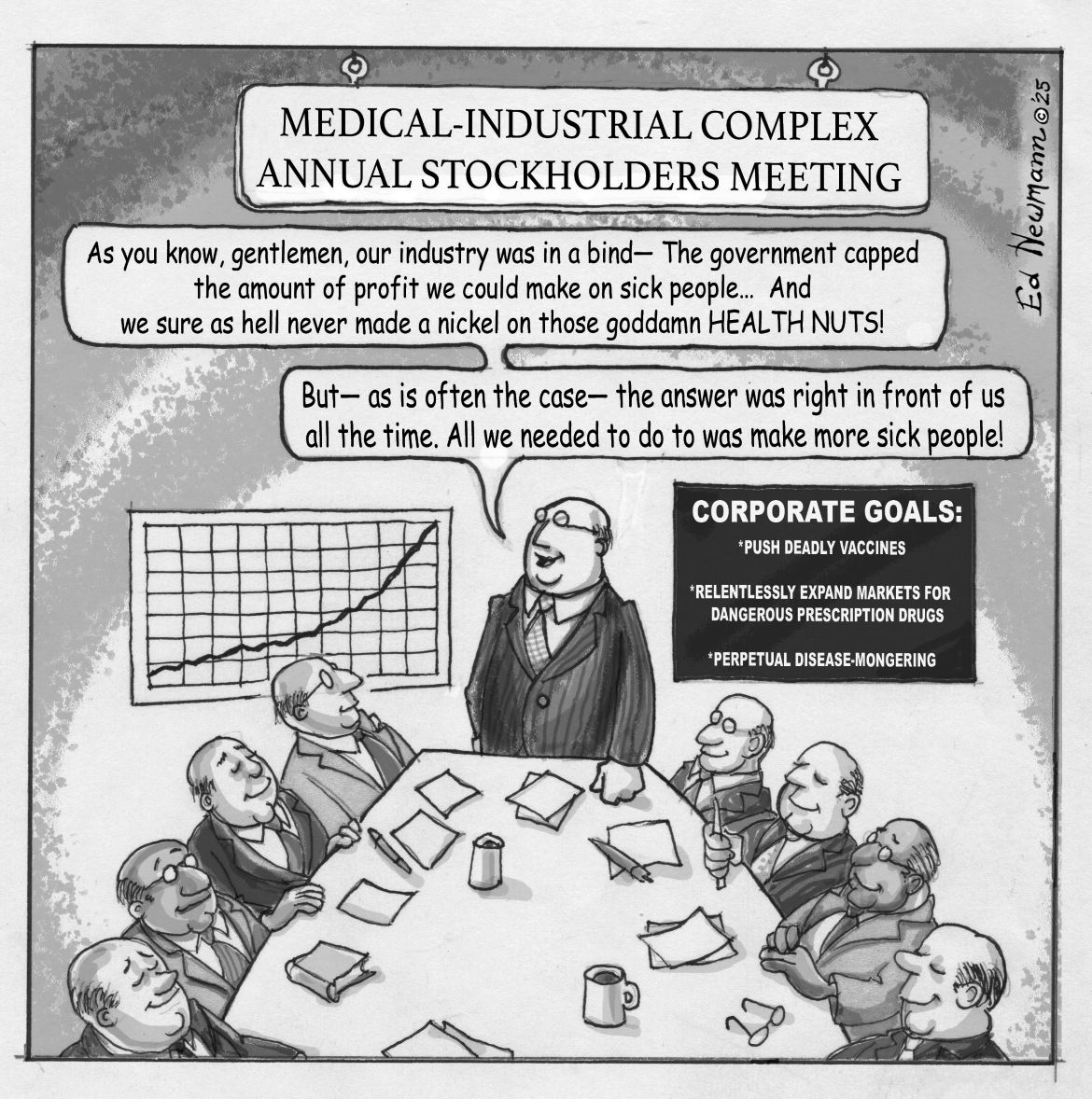
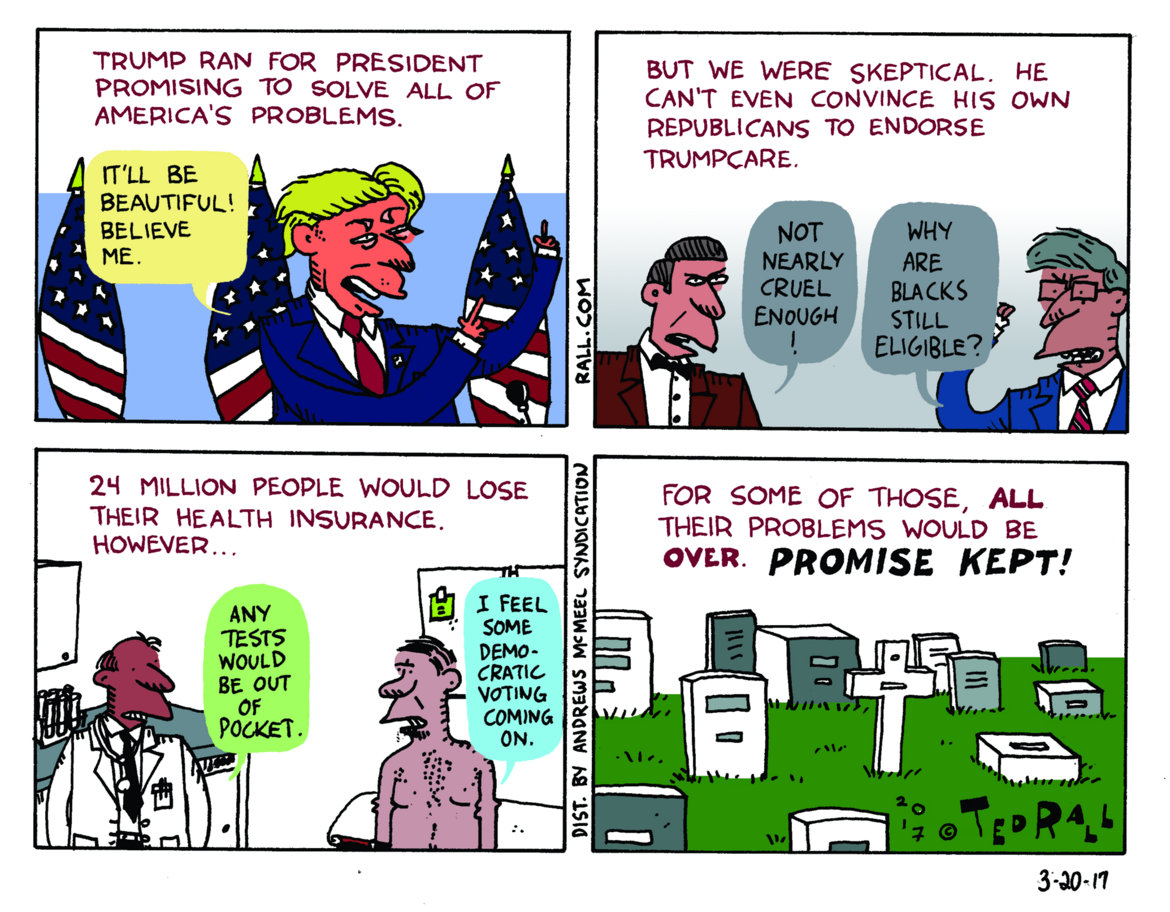
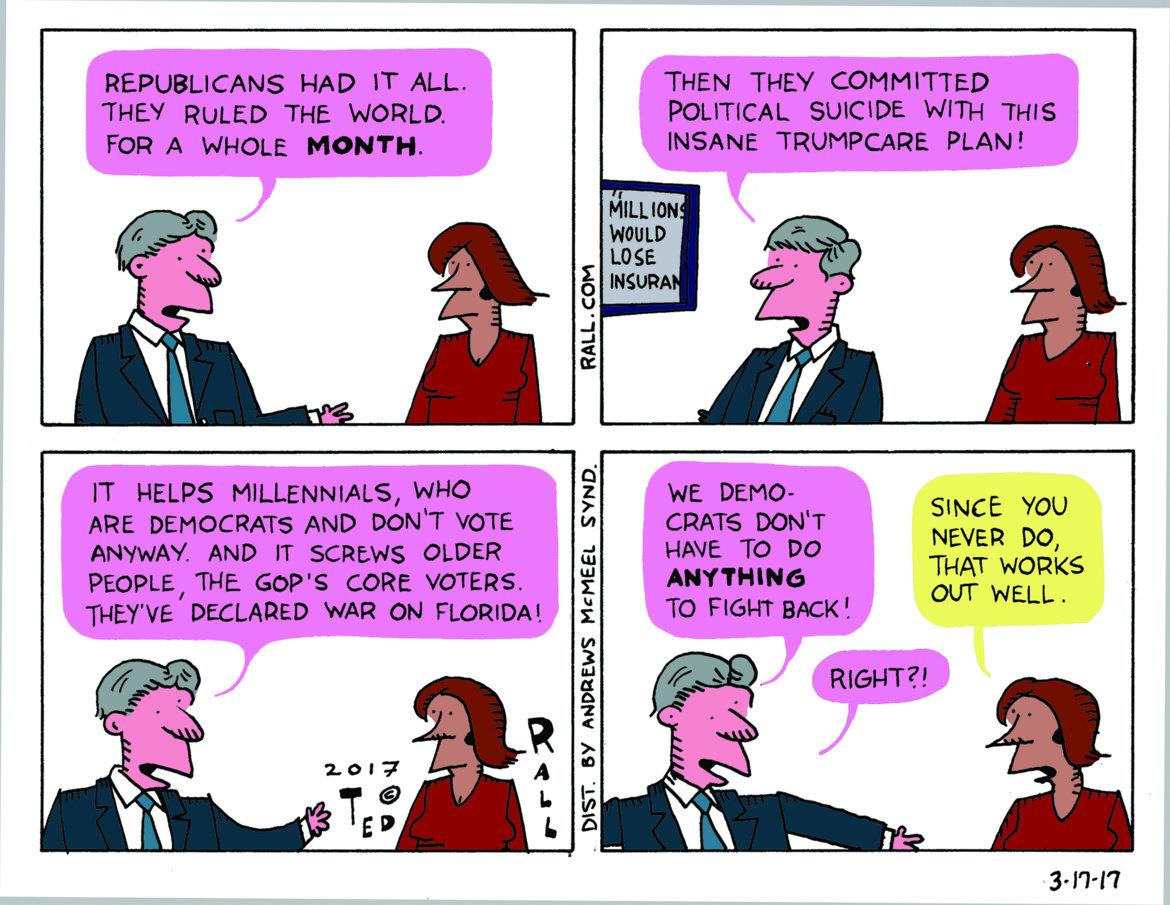
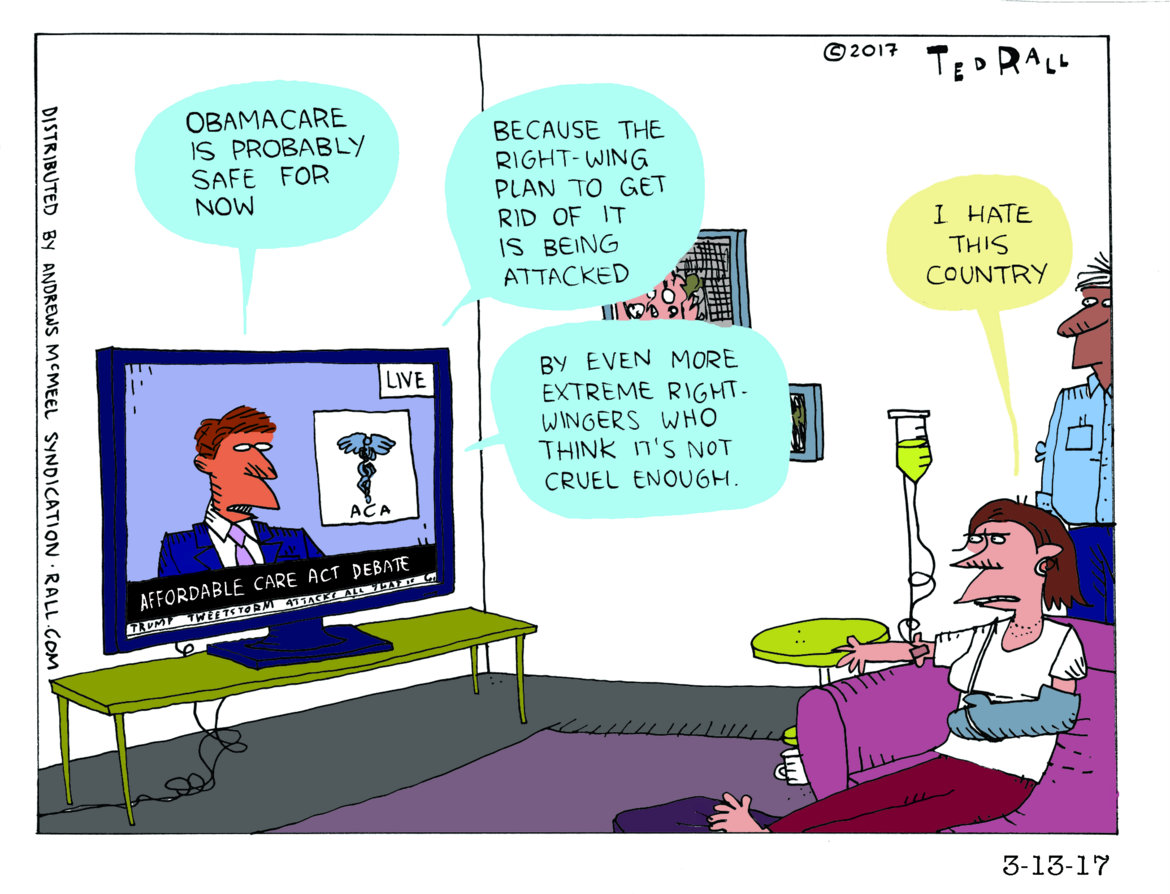
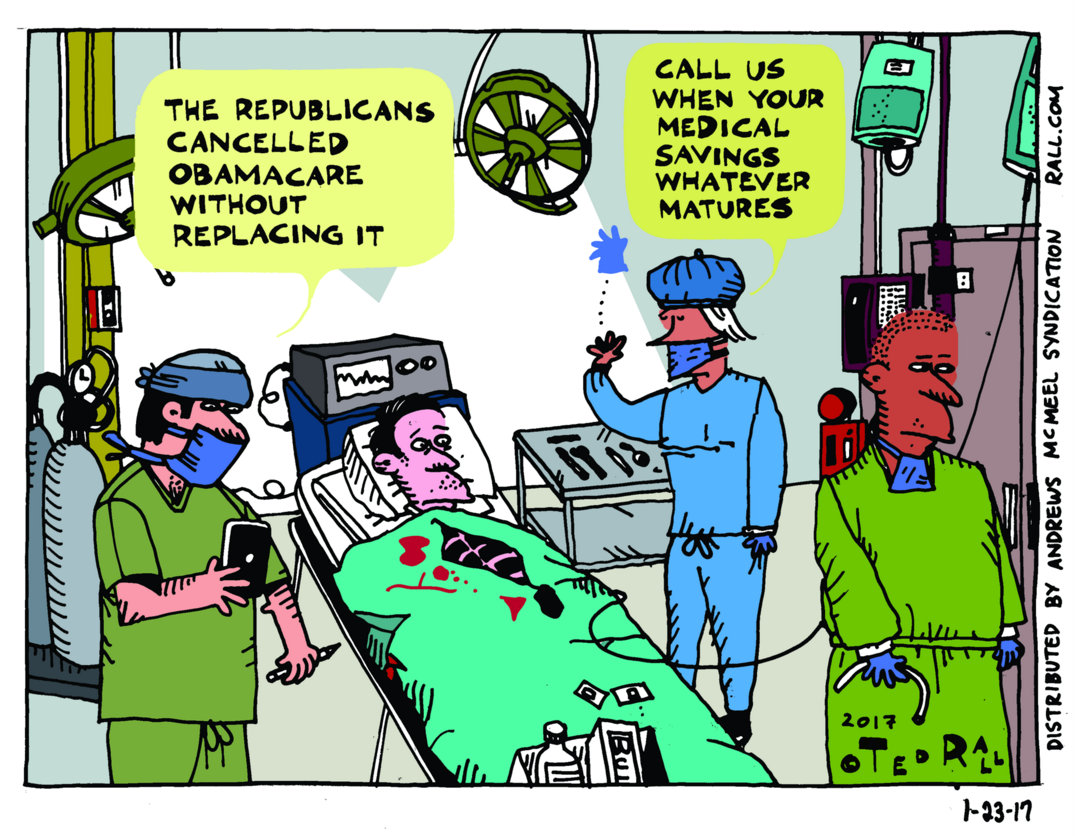

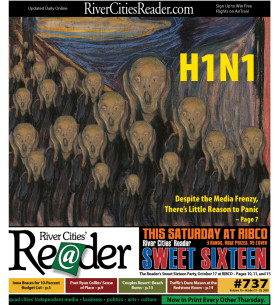 If you're torn about how worried to be about the H1N1 flu virus, you're not alone.
If you're torn about how worried to be about the H1N1 flu virus, you're not alone.







